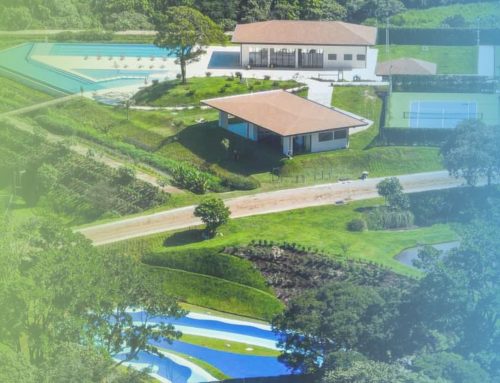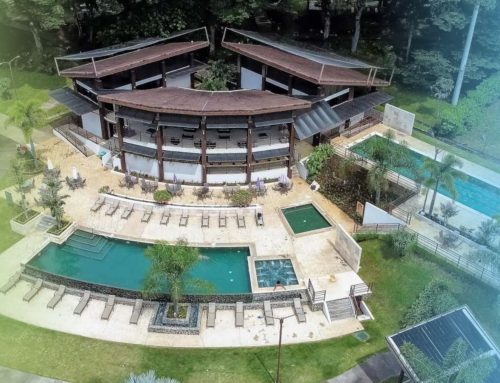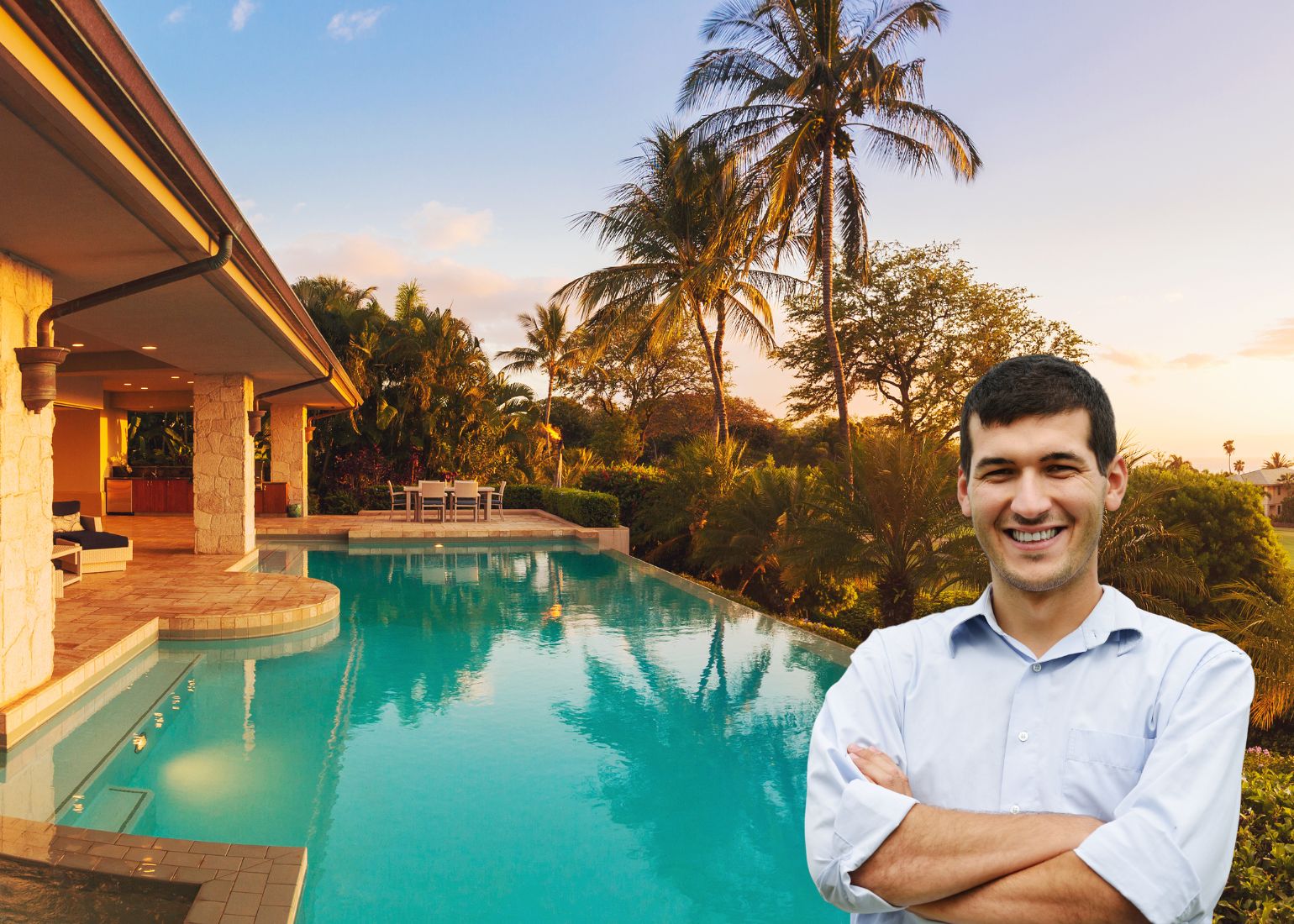Having a swimming pool at home is a great advantage, especially on hot and sunny days, and now more than ever, as staying indoors is recommended. Whether it is to relax or have a fun time, it is always very important to know what care is required to be able to enjoy the dip without worries.
The most obvious and important factor in pool maintenance is disinfection. Since it is a space where sunscreen, sweat and particles from stagnant water accumulate, it is very important to ensure their hygiene. And there are many systems that you can choose from.
That is why we bring you these tips for maintaining a pool
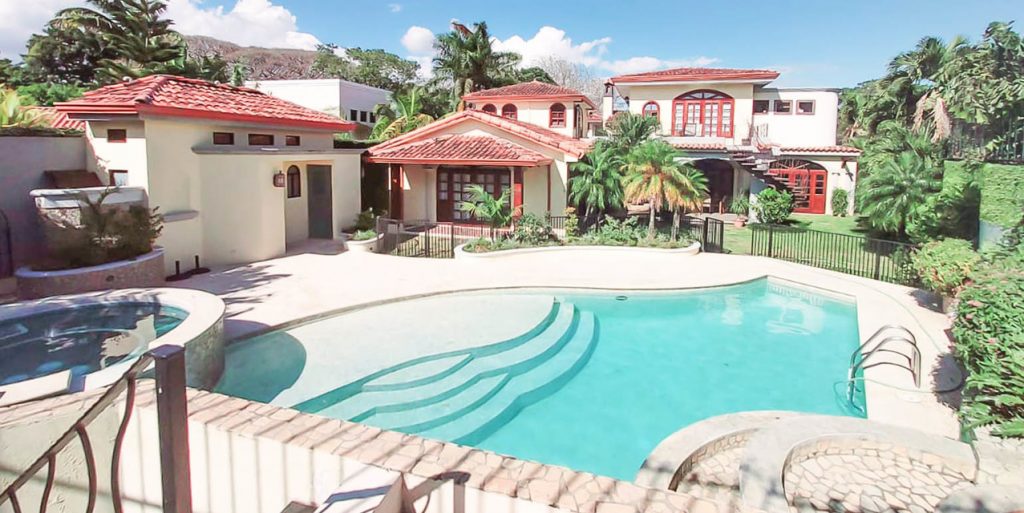
Automatic cleaners and accessories
The key to a clean pool starts with a good filtration system. In specialized stores and hardware stores like EPA you can get the appropriate filter for your pool, along with replacement parts.
In addition to these, there are suction or pressure devices that take care of the thickest part of cleaning your pool and you can also get accessories that help you collect and dispose of rubbish and waste in and around the water.
For example, pool vacuums that help you reach the bottom of the pool, removing materials that settle on the floor despite daily filtration. You can also use leaf pickers, to remove them from the surface along with insects and others, and to clean the pool walls well you can purchase a specialized brush.
Types of pool treatments

On the other hand, part of the maintenance of a swimming pool is the chemical treatment of the water. This is vital to avoid fungi, algae or in general dirt that can irritate the skin or generate health problems for you and your family when using the pool.
- pH regulation
This measurement is essential in any swimming pool, since it measures the degree of acidity of the water. Irritation of the skin and eyes is caused by a very low or very high pH, so it is important to monitor it. On a scale from 0 to 14, values below 7 indicate acidity and those above 8 alkalinity. For the pool to have the correct pH, it must be kept between 7 and 7.8.
There are pH kits and electrodes to manually calibrate these levels, and pH controllers or metering pumps can also be purchased. - Fungicides
Since the pool area is in constant exposure to heat and humidity, fungal growth can be common. But it is not something that cannot be fixed with a fungicide and using water shoes, such as river shoes.
- Anti Algae
If you notice a greenish tint to the water and a rubbery, sticky feel, this is a clear sign of algae in the pool. This occurs because of a weakness in the disinfection system, which indicates that you should check it. You can help yourself with algaecide products.
- Cloración
Chlorine, liquids, salt or tablets can be used to treat water to disinfect and kill microorganisms that can irritate your skin.
It is very careful, because the dosage depends on the size of your pool, here you can calculate the water volume in your pool.
There are alternative chemical treatments to chlorine that, although they are more expensive, do not need as much dosage control and do not produce irritation or odors.
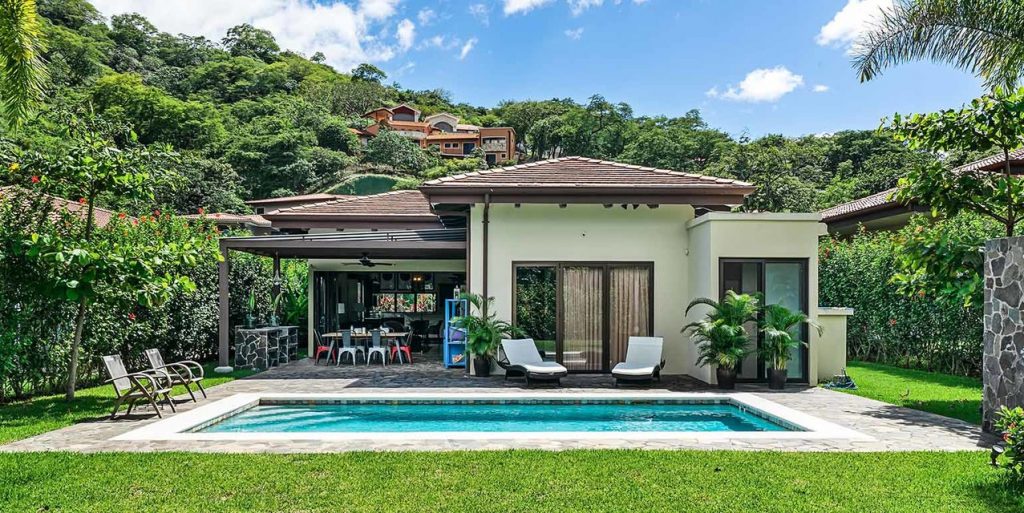
External maintenance
Finally, remember that not only the material and the pool water must be maintained, but the surrounding area as well. It is very important that you cover your pool when you are not using it, both to prevent leaves and insects from dirtying it, but to prevent animals from falling and drowning, or from becoming breeding sites for mosquitoes. If you will not be using the pool for a long time, or you are going on vacation, it is best to drain it or leave it to someone you trust to clean it daily.
For safety, you should also consider that there are no toys or thick tree roots nearby, to avoid tripping and accidents.
Follow these tips and enjoy your pool in a calm and safe way!



